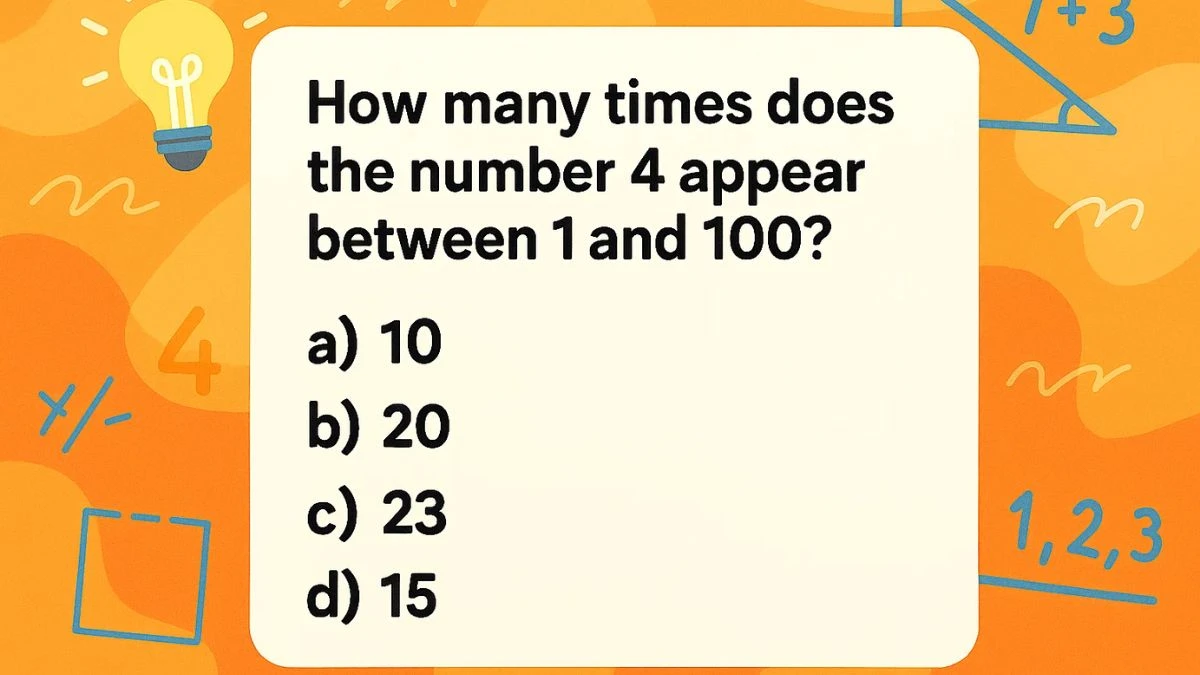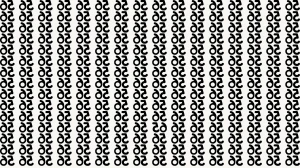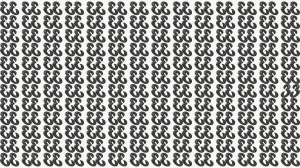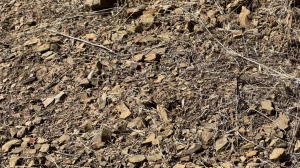IQ tests have long been a measure of logical reasoning, problem-solving ability, and how efficiently the brain processes information. But intelligence isn’t just about knowing facts or having a high IQ. Emotional intelligence, creativity, and problem-solving skills are also crucial aspects.
In this Blog, we will present you with a challenging IQ test that only people with an estimated IQ of 130 or above can pass. If you think you have what it takes, give this a try and see how well you score! Afterward, we’ll provide the answers and solutions for each of the 15 questions. Ready? Let’s begin!
The Puzzle IQ Test Questions
Question 1:
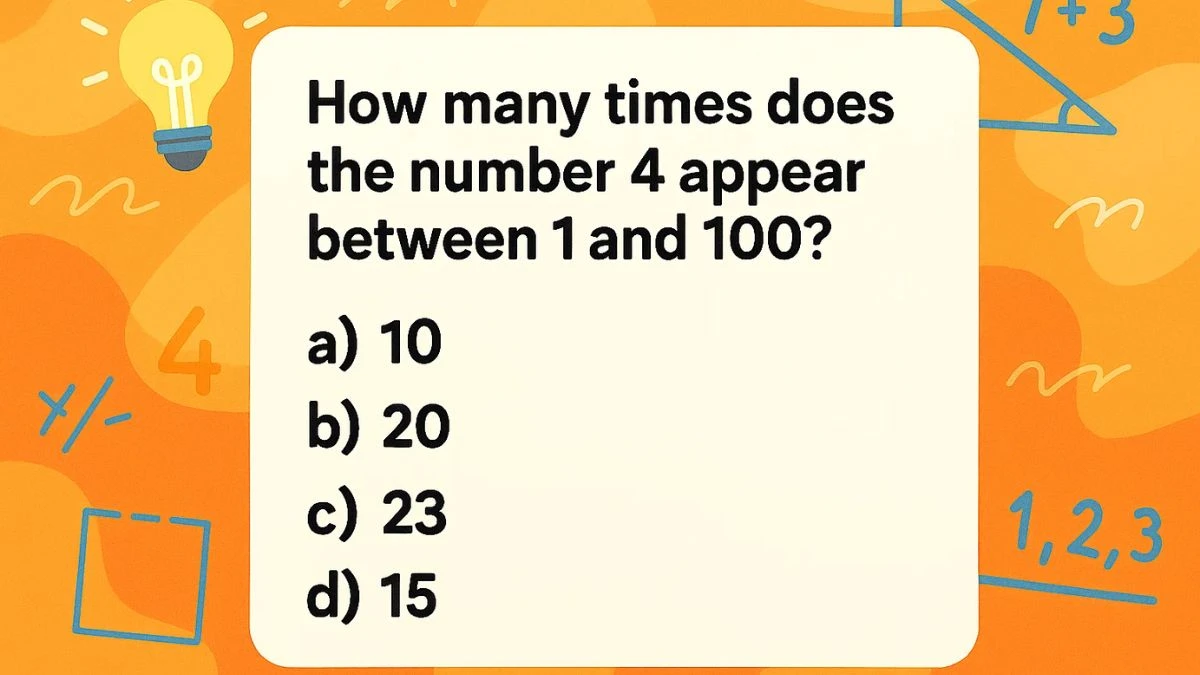
How many times does the number four appear between 1 and 100?
Options:
A) 10
B) 20
C) 23
D) 15
Answer:
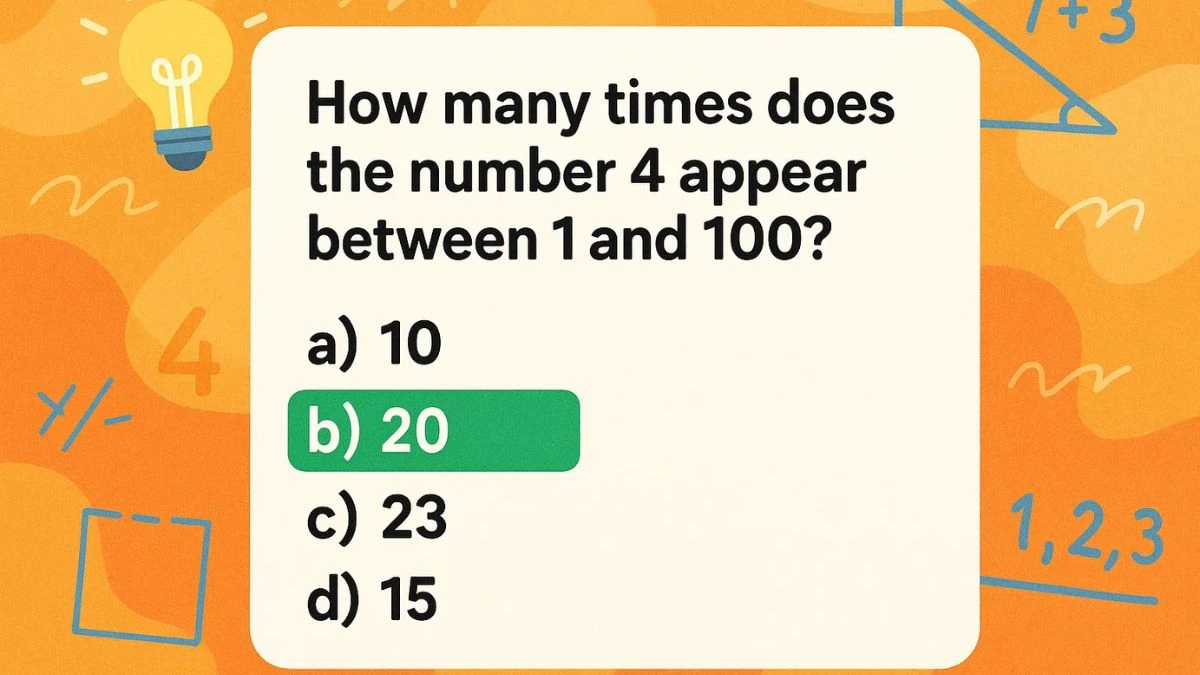
B) 20
Solution:
The number 4 appears in numbers like 4, 14, 24, 34, etc. It appears 20 times between 1 and 100.
Question 2:
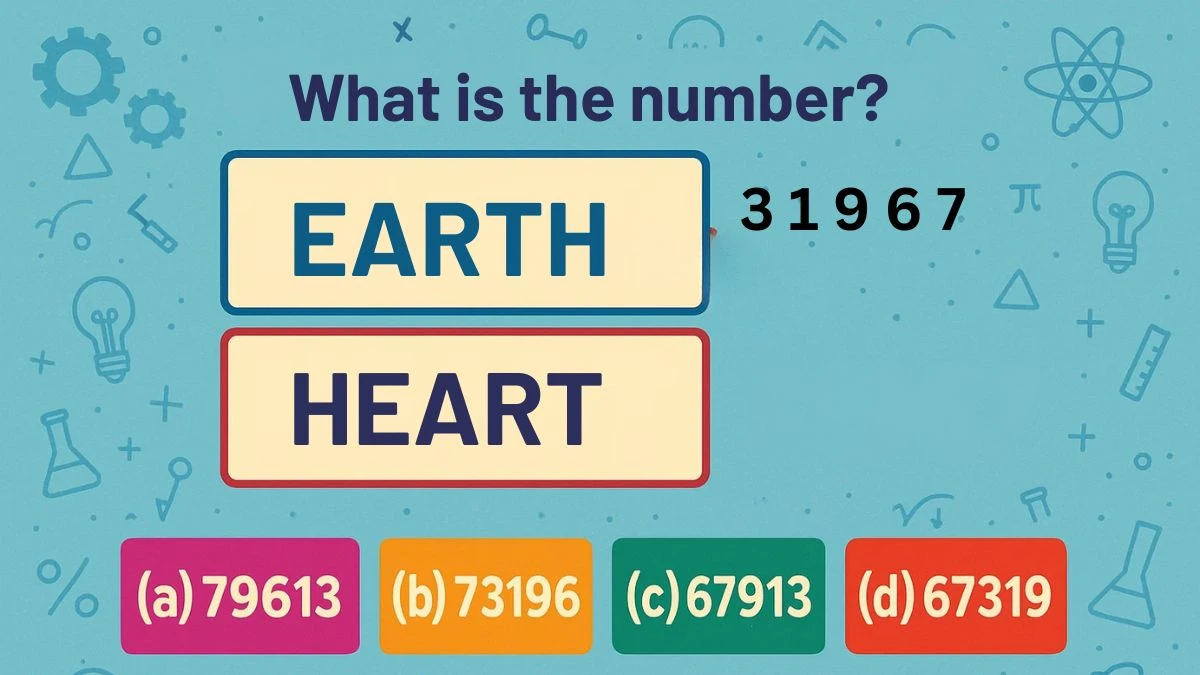
If the word "earth" turns into 31967, what would "heart" become?
Options:
A) 7 9 6 1 3
B) 7 3 1 9 6
C) 6 7 9 1 3
D) 6 7 3 19
Answer:
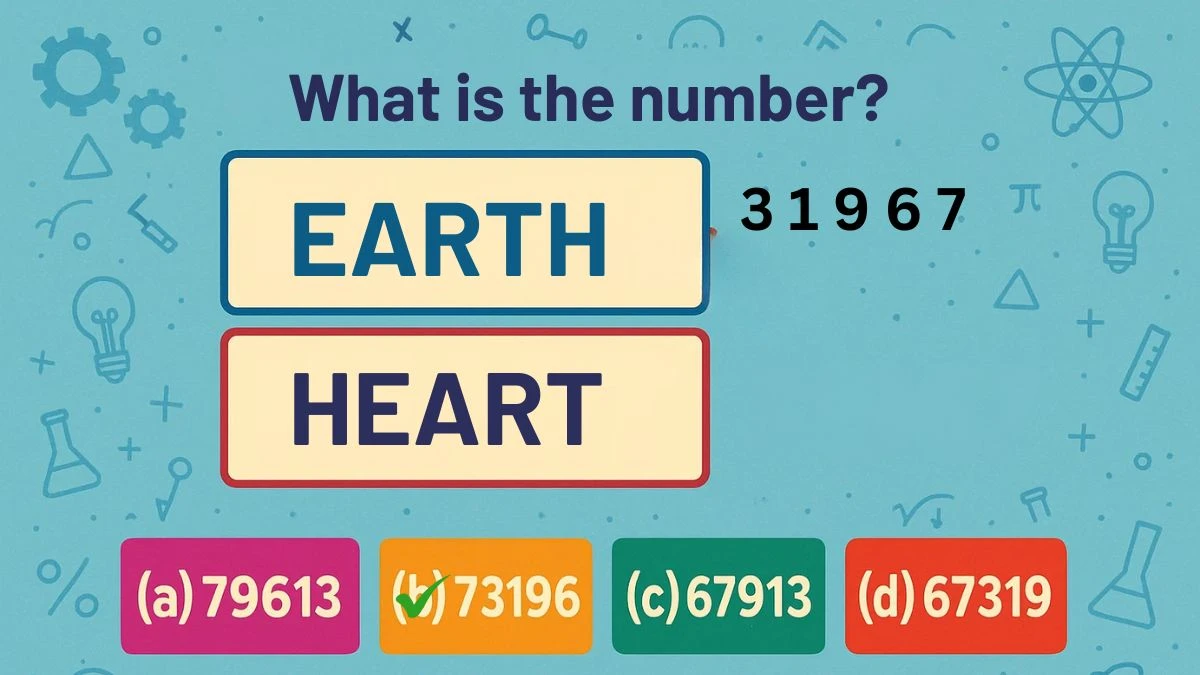
B) 7 3 1 9 6
Solution:
Each letter corresponds to a number:
E = 3
A = 1
R = 9
T = 6
H = 7
So, for "heart," the letters convert to 31967, which matches option B.
Question 3:
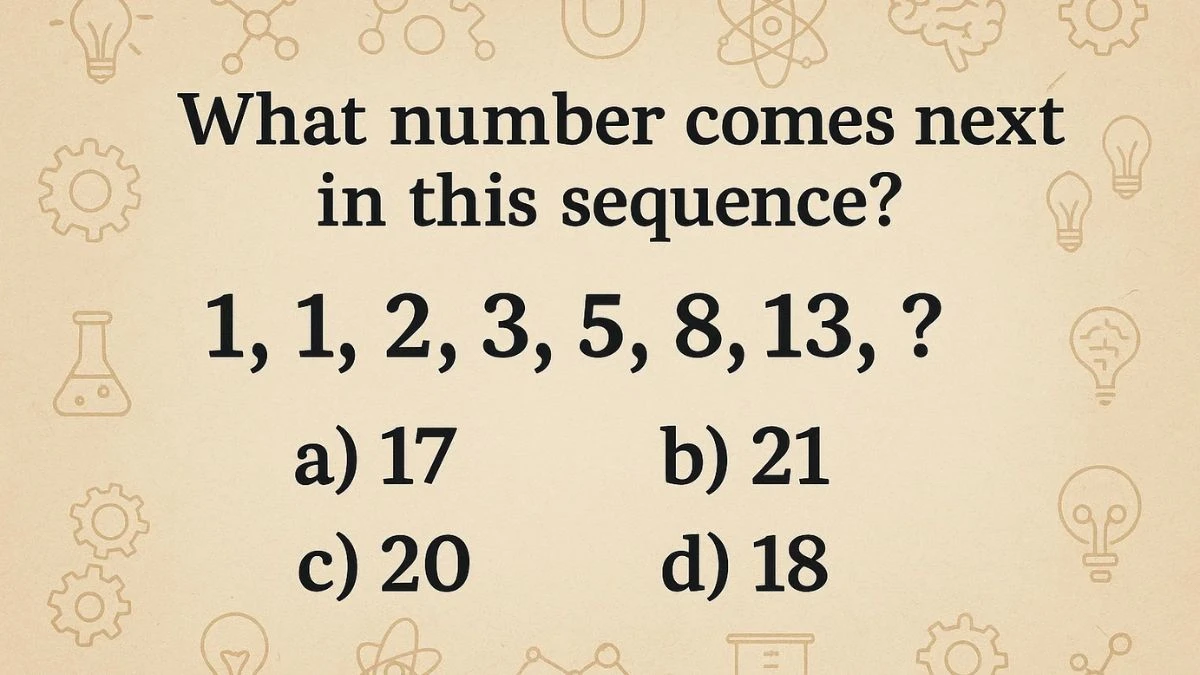
What number comes next in this sequence? 1 1 2 3 5 8 13 ?
Options:
A) 17
B) 21
C) 20
D) 18
Answer:
B) 21
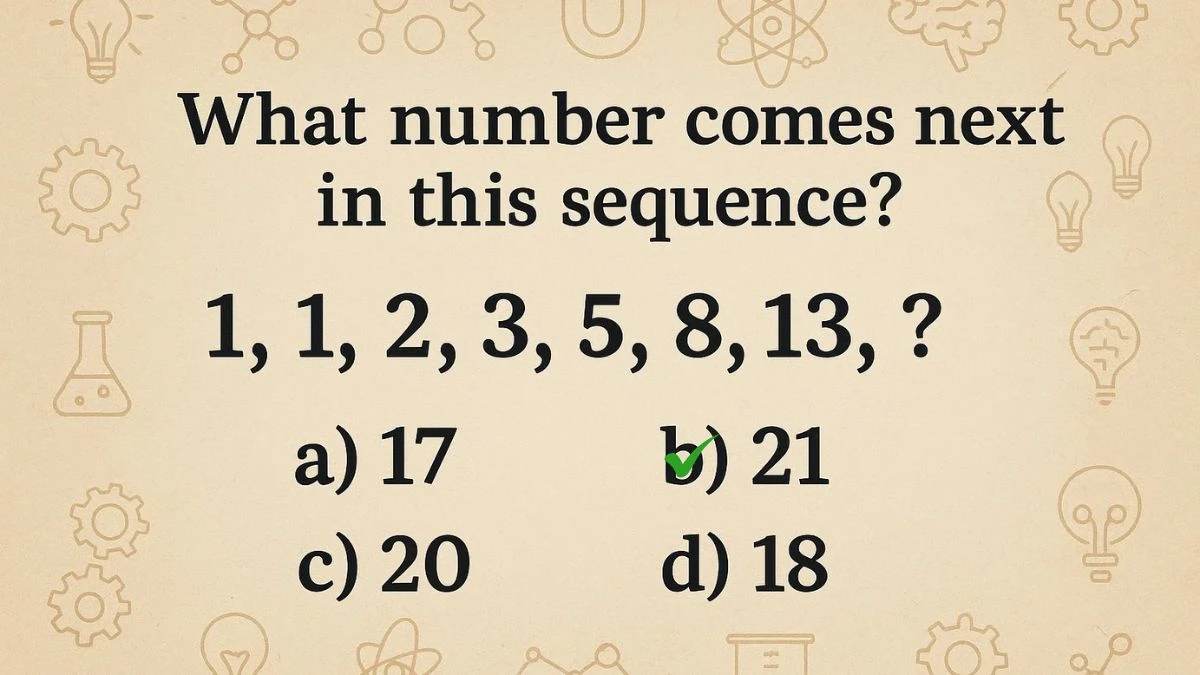
Solution:
This sequence follows the Fibonacci sequence, where each number is the sum of the two preceding numbers.
1 + 1 = 2
1 + 2 = 3
2 + 3 = 5
3 + 5 = 8
5 + 8 = 13
Now, to find the next number:
8 + 13 = 21
So, the next number in the sequence is 21, which is Option B.
Question 4:
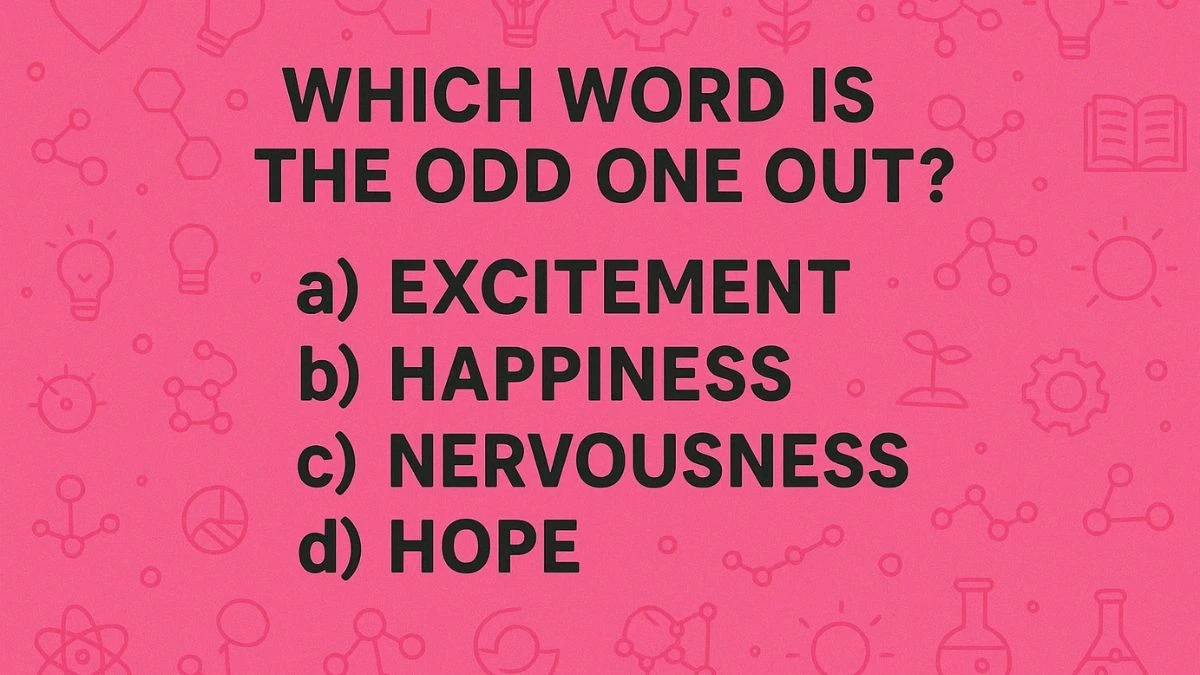
Which word is the odd one out?
A) Excitement
B) Happiness
C) Nervousness
D) Hope
Answer:
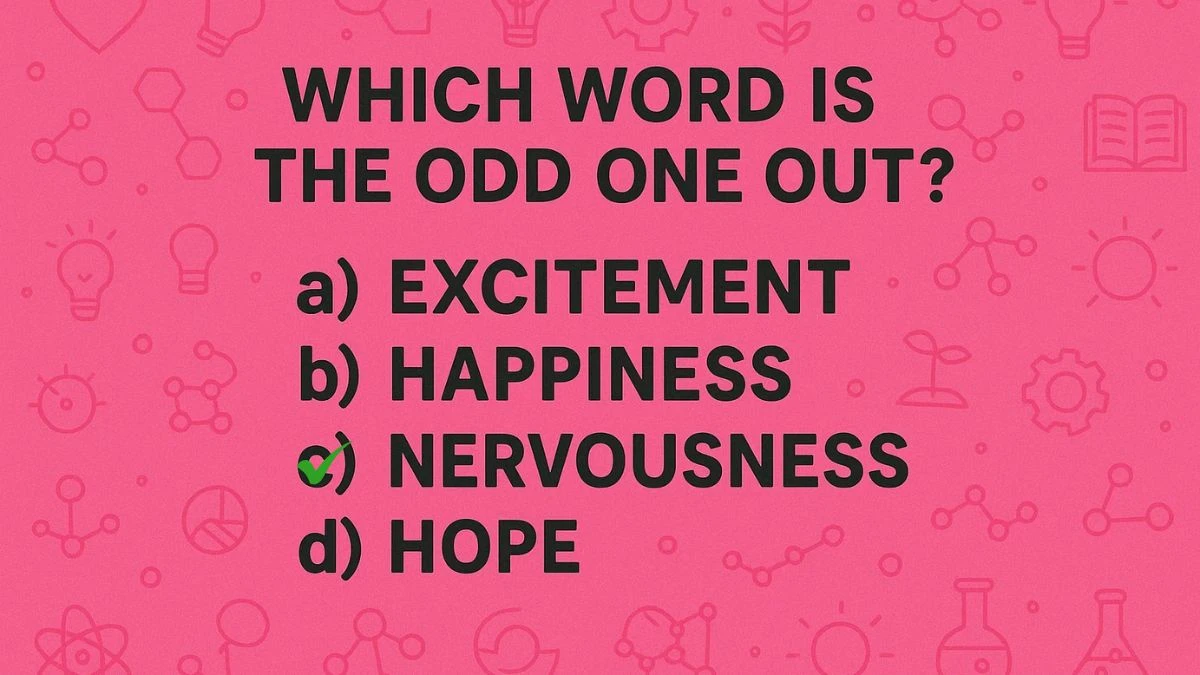
C) Nervousness
Solution:
Excitement, happiness, and hope are all positive emotions, while nervousness is a negative emotion. Therefore, nervousness is the odd one out.
Question 5:
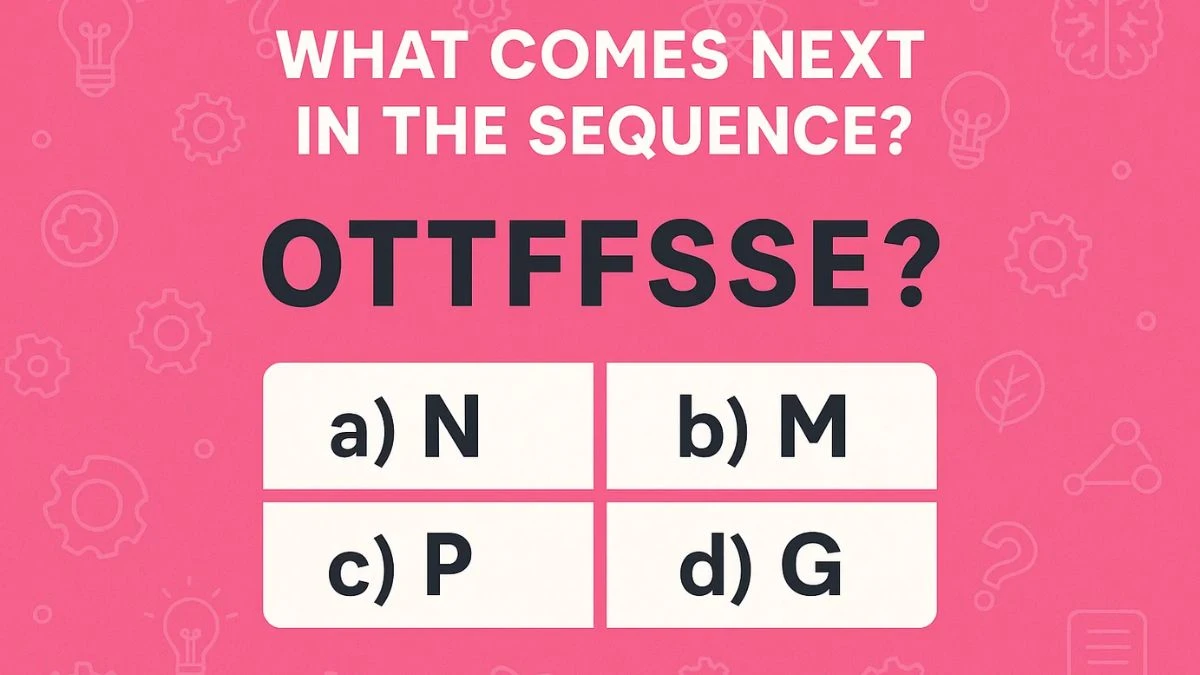
What letter comes next in this pattern? O T T F F S S E?
Options:
A) N
B) M
C) P
D) G
Answer:
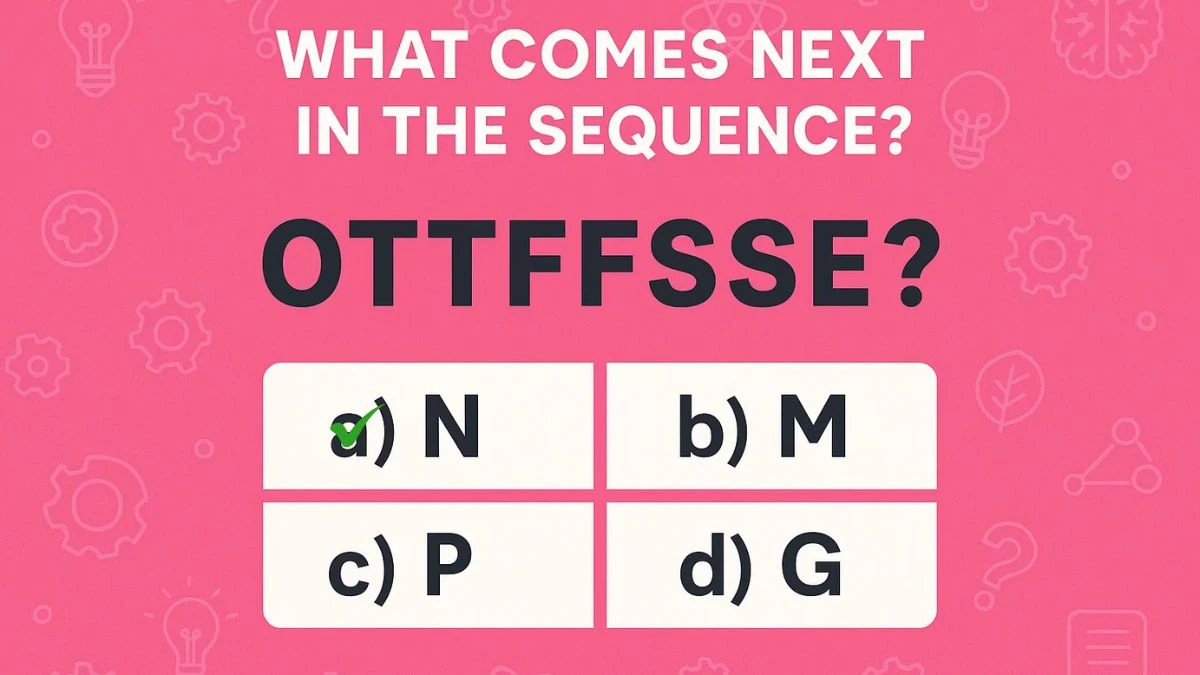
D) N
Solution:
The sequence represents the first letter of numbers: 1 = One, 2 = Two, etc. So, the next letter is 'N' for Nine.
Question 6:
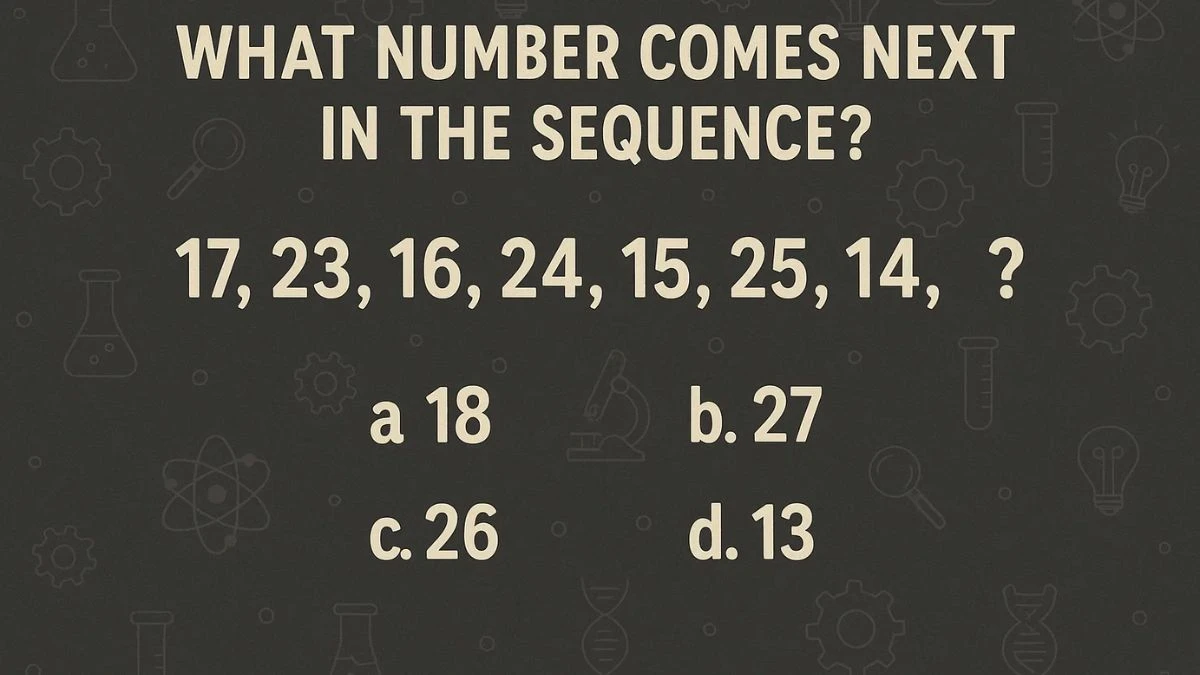
What number should come next in this sequence? 17 23 16 24 15 25 15 ?
Options:
A) 18
B) 27
C) 26
D) 13
Answer:
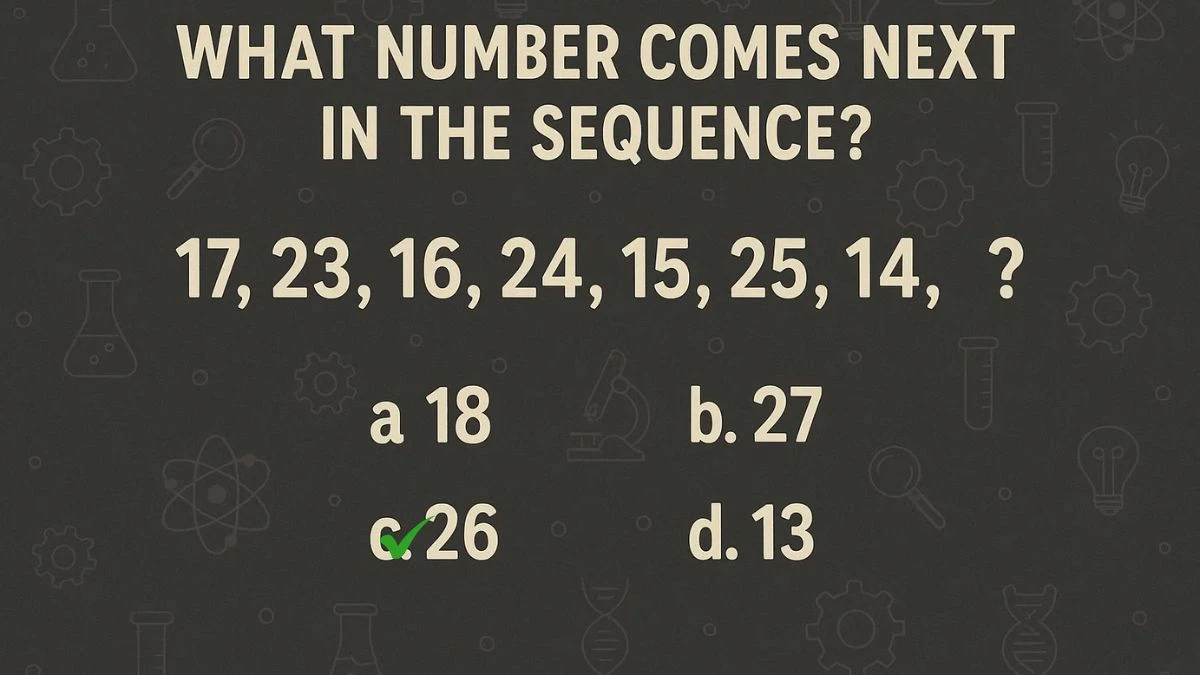
C) 26
Solution:
This sequence alternates between subtracting and adding. The first, third, fifth numbers are decreasing by 1, and the second, fourth, and sixth are increasing by 1. Hence, the next number is 26.
Question 7:
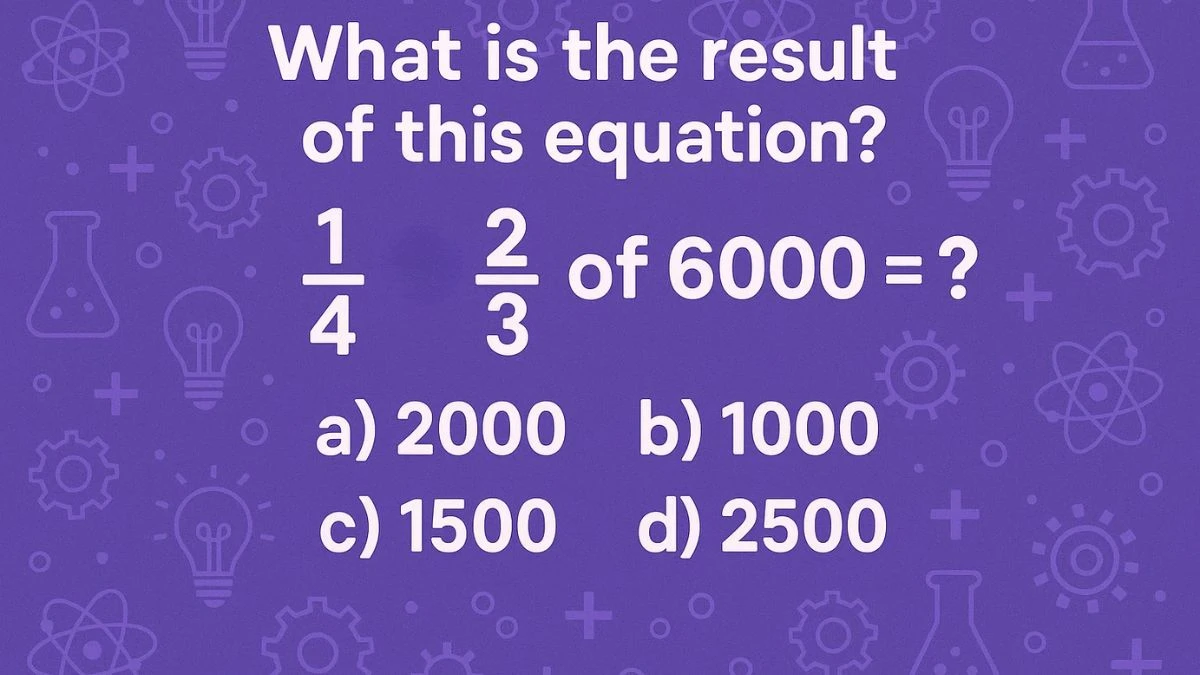
What is a quarter of 2/3 of 6,000?
Options:
A) 2,000
B) 1,000
C) 500
D) 2,500
Answer:
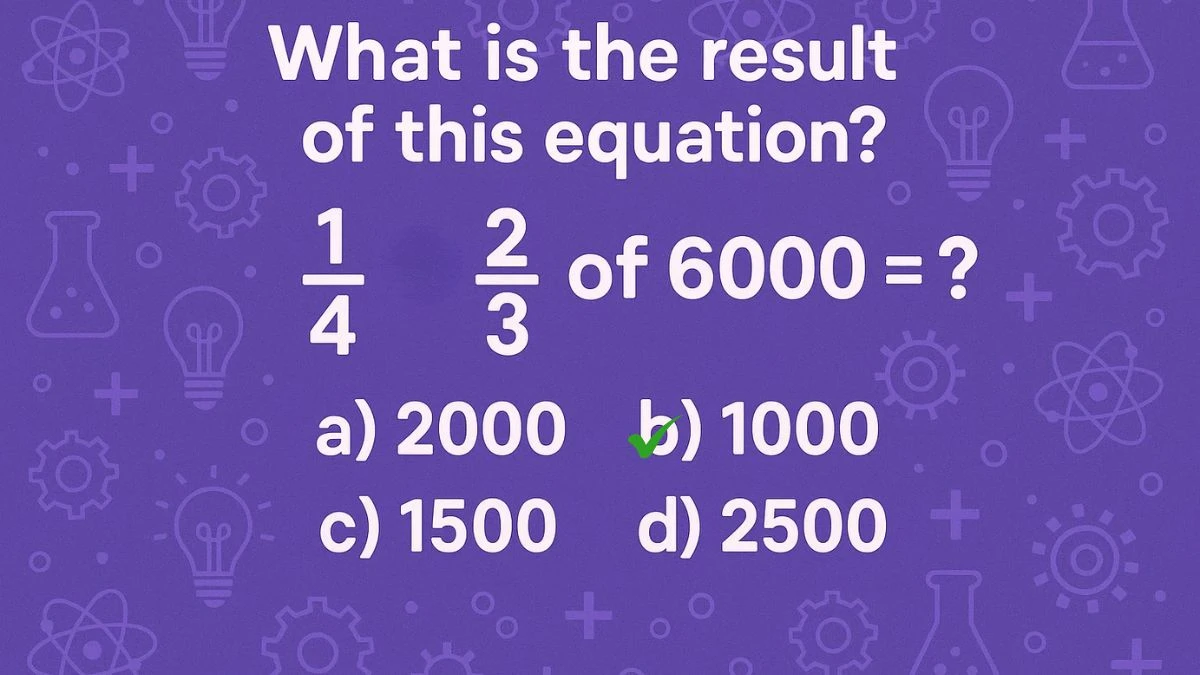
B) 1,000
Solution:
First, calculate 2/3 of 6,000:
(2/3) x 6,000 = 4,000
Then take a quarter of 4,000:
1/4 x 4,000 = 1,000

